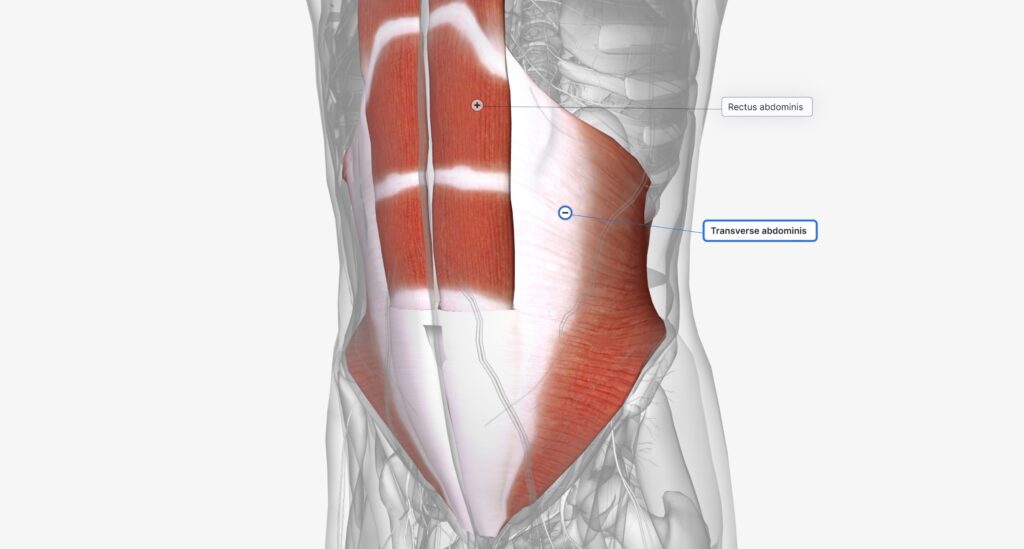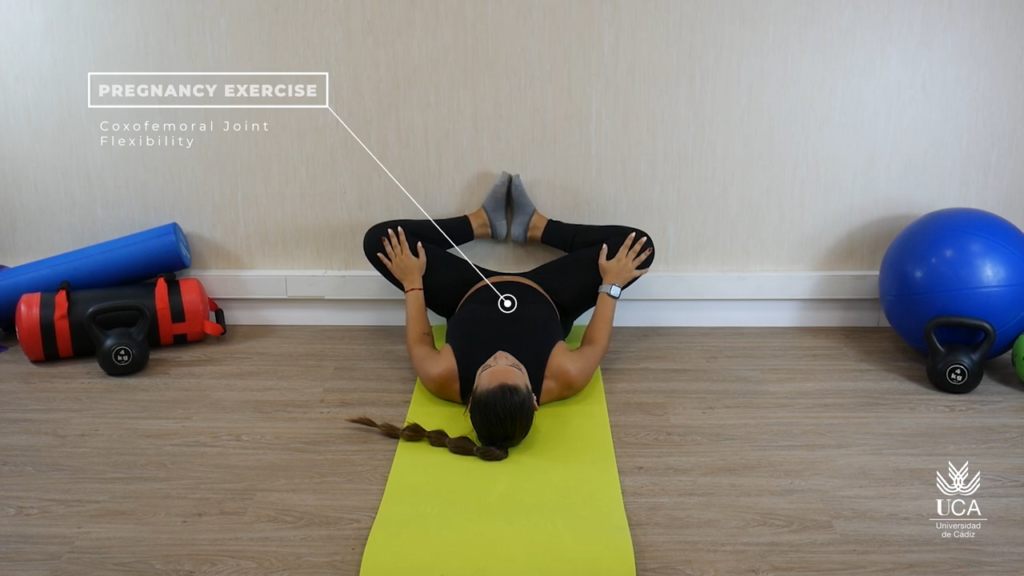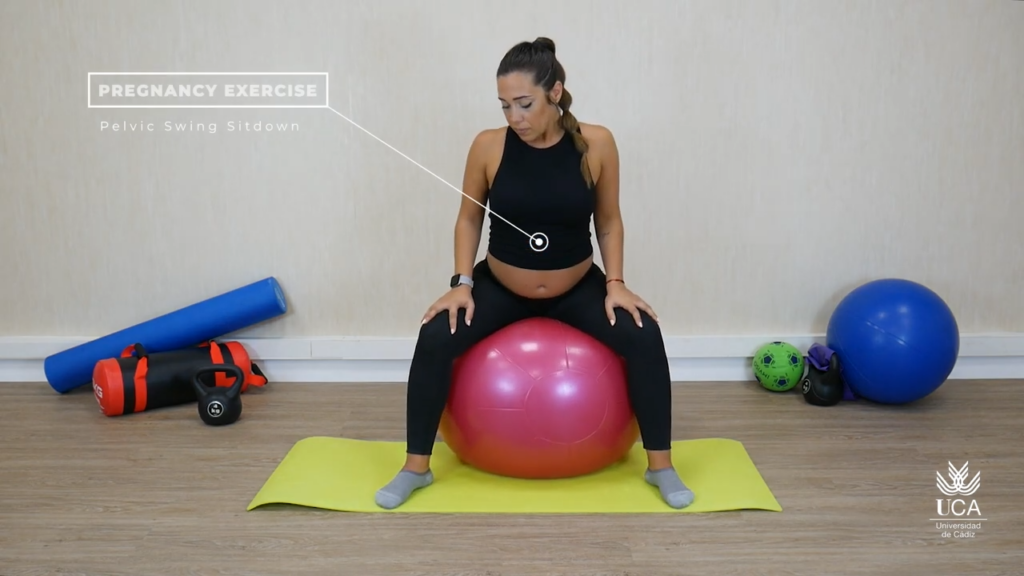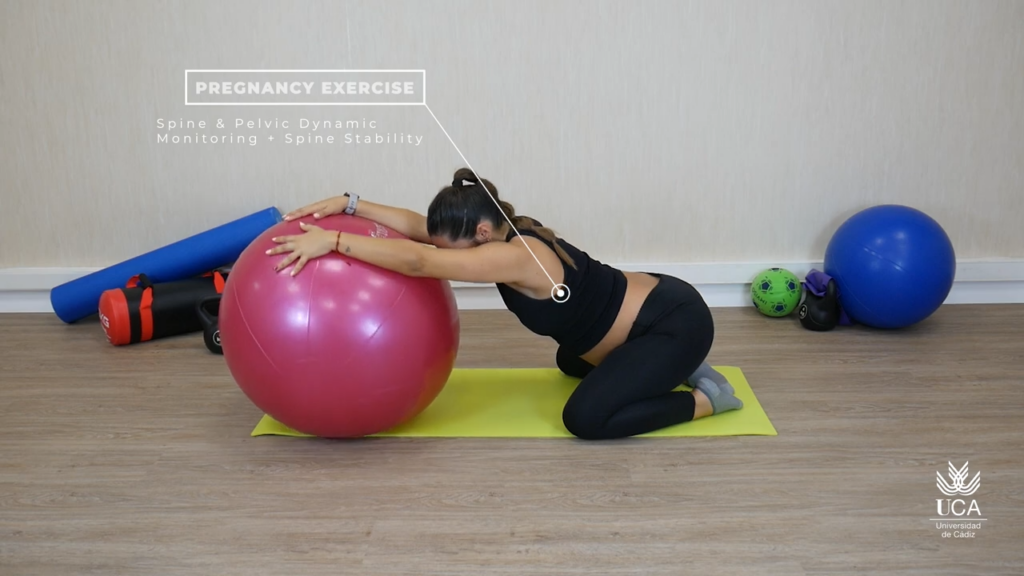The deep transverse abdominis muscle has a significant role to play in urinary incontinence. Research conducted by experts has shown that the deep muscles, including the transverse abdominis, contribute to the essential stabilization of the spinopelvic region. When these deep muscles are weak, compensatory efforts are made by superficial muscles like the biceps femoris and hip adductors. Strengthening the deep transverse abdominis muscle can, therefore, have a positive impact on improving urinary incontinence.
A study focused on postprostatectomy incontinence examined the effects of training the deep abdominal muscles, which help stabilize the trunk musculature. The study compared the outcomes of trunk muscle training with an oscillating rod to other therapeutic options such as pelvic floor muscle exercises, biofeedback, electrical stimulation, and external magnetic innervation. The results revealed that training the deep abdominal muscles had a beneficial effect on urinary incontinence.
During pregnancy, anatomical and hormonal changes can also contribute to urinary incontinence. Research has shown that the excessive displacement of the bladder neck caused by the distention of connective tissue in the pelvic floor, along with muscle relaxation due to high concentrations of plasma progesterone, can lead to urinary incontinence in pregnant women. Strengthening the deep transverse abdominis muscle, along with other pelvic floor muscles, can help improve urinary incontinence in this population.
To summarize, the deep transverse abdominis muscle plays a crucial role in urinary incontinence. Strengthening this muscle, along with other pelvic floor muscles, can be beneficial for various populations, such as postprostatectomy patients and pregnant women experiencing urinary incontinence. Utilizing advanced exercise programs that focus on the deep transverse abdominis muscle can lead to better outcomes in the treatment of urinary incontinence.
Jose Antonio Moral Muñoz
References:
- Heydenreich, M.,, C., Gabriel, H., Dietze, A., Wright, P., Zermann, D. (2019). ¿El entrenamiento muscular del tronco con una varilla oscilante mejora la incontinencia urinaria después de la prostatectomía radical? Un ensayo controlado aleatorio prospectivo. Clin Rehabil, 3(34), 320-333. https://doi.org/10.1177/0269215519893096
- Mina, D., Au, D., Alibhai, S., Jamnicky, L., Faghani, N., Hilton, W., … y Mateo, A. (2015). Un ensayo aleatorizado piloto de ejercicios convencionales versus avanzados del suelo pélvico para tratar la incontinencia urinaria después de la prostatectomía radical: un protocolo de estudio. BMC Urol, 1(15). https://doi.org/10.1186/s12894-015-0088-4
- Okido, M., Valeri, F., Martins, W., Ferreira, C., Duarte, G., Carvalho, R. (2015). Evaluación del bienestar fetal en mujeres embarazadas sometidas a entrenamiento muscular del suelo pélvico: un estudio aleatorizado controlado. Int Urogynecol J, 10(26), 1475-1481. https://doi.org/10.1007/s00192-015-2719-4




